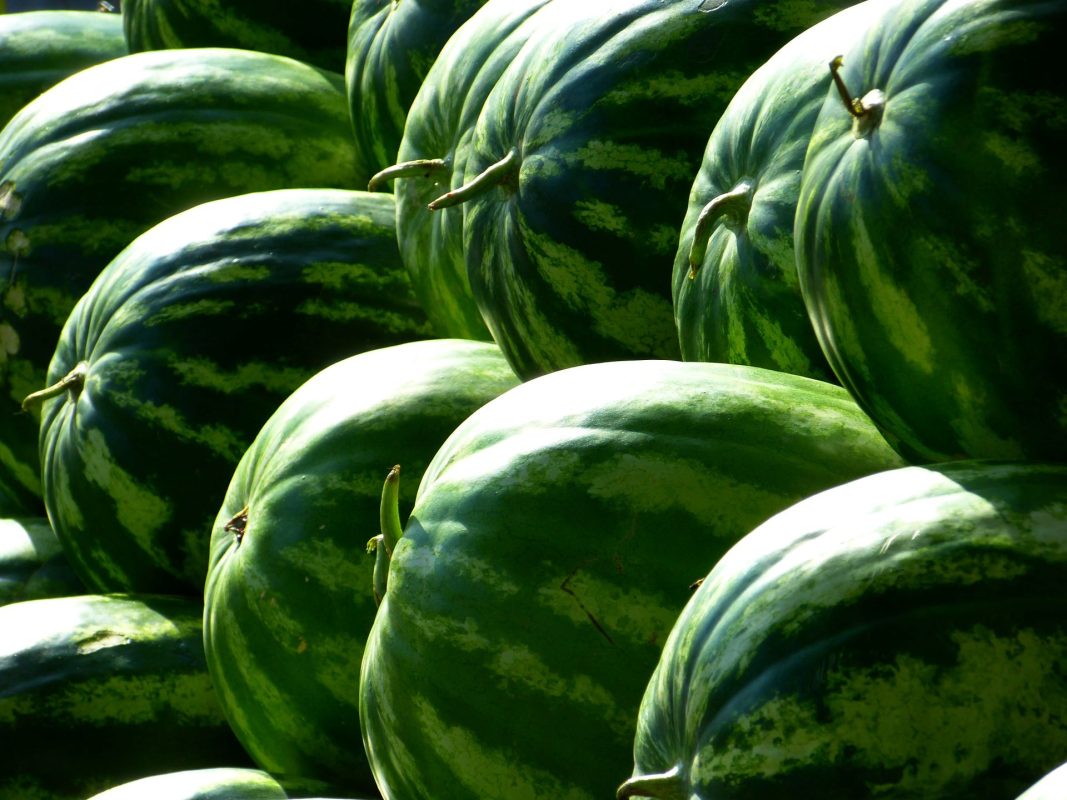YETRAC
Watermelon Cultivation: Advanced Methods and Tips for Success
Watermelon Cultivation: Advanced Methods and Tips for Success
Watermelon holds significant economic importance in Turkish agriculture. With approximately 10% of the world’s production, totaling 3.9 million tons, Turkey ranks second after China in watermelon cultivation. The major production regions in Turkey are the Aegean, Mediterranean, Southeastern Anatolia, and Marmara regions, with Adana province contributing to 20% of the national production.
Cultivation Methods
Regionally, watermelon cultivation often leans towards early harvesting, commonly employing direct seeding or seedling cultivation under low tunnels.
Nutritional Value
Watermelon serves as a vital source of nutrition and contributes to human health. With appetite-stimulating properties and serving as an ideal refreshment in hot weather, watermelon contains essential vitamins such as B, C, A, along with minerals like Ca, Fe, P, Mg. Its sugar content ranges between 8-14%.
Soil Requirements
Watermelon plants thrive in deep, well-aerated, and sandy-loamy soils with high water retention capacity. The ideal soil pH is between 6-7. Adequate drainage, with the groundwater level not exceeding 1 meter, is crucial.
Seed Selection and Variety
Careful consideration should be given to seed selection. Opt for early varieties that are resistant to diseases and have good storage and transport properties. Standard and hybrid seeds are commonly used nowadays.
Soil Preparation and Fertilization
Soil preparation begins in the fall with deep plowing and breaking compacted layers. Manure is applied, and in case of highly calcareous soil, sulfur is added. Nitrogen, phosphorus, and potassium fertilizers are applied in suitable amounts during different stages of cultivation.
Seedling Cultivation
Seedling cultivation provides an advantage for early harvesting. Seedlings are planted in plastic bags or pots, with a nutrient-rich mix. Ready-made seedlings have gained popularity among farmers due to their convenience.
Irrigation and Weather Conditions
Irrigation should be adjusted based on the plant’s growth stages. Drip irrigation or sprinkler systems can be employed. Ventilation should be adjusted according to temperature changes.
Harvest
Harvesting should be carried out based on maturity criteria. The fruit’s skin should have a glossy appearance, easily peelable with a fingernail, and the part in contact with the ground should turn slightly yellow.
Diseases and Pests
Preventive measures should be taken against diseases such as wilting, powdery mildew, damping-off, and anthracnose. Control measures should also be implemented for pests like leafhoppers, aphids, and red spiders.

